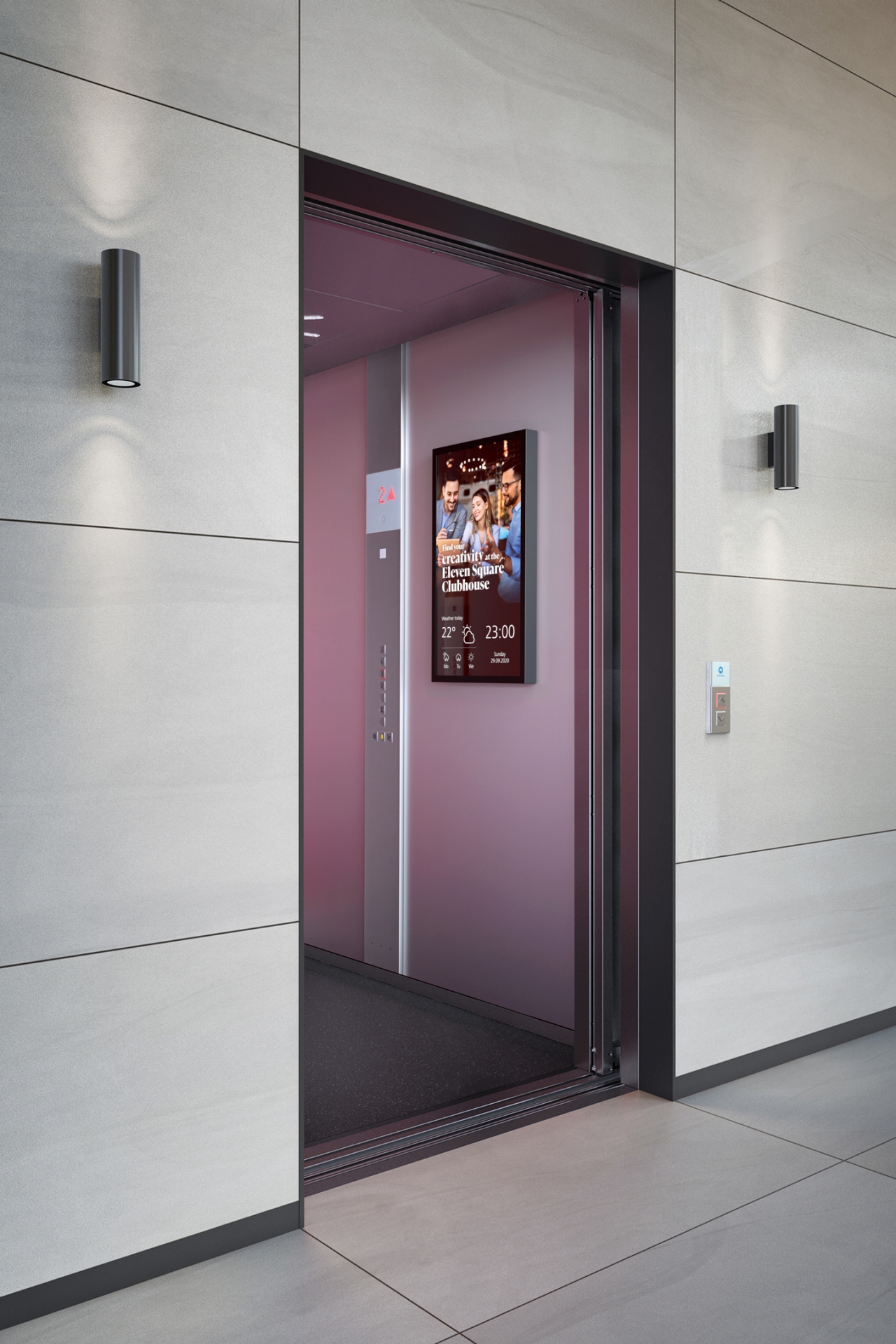Structural elevators, also known as vertical transportation systems, are designed to move people and goods between different levels of a building. They consist of various components such as an electric motor, cables, pulleys, and a control system. Elevators come in different types, including traction elevators, hydraulic elevators, and machine-room-less (MRL) elevators. The choice depends on factors like building height, usage, and space availability. If you have specific questions or need more detailed information, feel free to ask!
Structural elevators offer several benefits, including:
1. *Efficient Vertical Transportation:*
- Elevators efficiently move people and goods between different floors, saving time and effort.
2. *Accessibility:*
- Elevators provide accessibility for individuals with mobility challenges, making buildings more inclusive.
3. *Space Utilization:*
- They help optimize space usage within buildings, as compared to civil structure.
4. *Time Savings:*
- Structural contribute to time efficiency .
5. *Design:*
- Modern elevators often incorporate high design, contributing to overall building sustainability.
If you have specific requirements or considerations, feel free to let us know for more tailored information!
| SHAFT SIZE | NUMBER OF FLOORS | CEPACITY | SPEED | NUMBER OF PASSANGER |
| 1200 MM X 1200 MM & Above | G+1 | 136 KG & Above | 0.5Mps to 1Mps | 2 |
| 1300 MM X 1300 MM & Above | G+2 | 204 KG & Above | 0.5Mps to 1Mps | 3 |
| 1400 MM X 1400 MM & Above | G+3 | 272 KG & Above | 0.5Mps to 1Mps | 4 |
| 1500 MM X 1500 MM & Above | G+4 | 340 KG & Above | 1Mps | 5 |
| 1600 MM X 1600 MM & Above | G+5 | 408 KG & Above | 1Mps | 6 |
Glass Finish
ACP Sheet Finish
Wooden Finish
Golden Finish
Rose Gold Finish
Pre-Laminated
Our Home elevator connectivity typically involves integrating smart technologies to enhance functionality, monitoring, and user experience. Here are some features commonly associated with connected home elevators:

1. *Remote Monitoring:* Homeowners can monitor the status of their elevator in real-time using mobile apps or web interfaces, allowing for proactive maintenance.
2. *Smart Controls:* Our elevators equipped with smart control systems, optimizing energy efficiency, and adapting operation based on usage patterns.
3. *User Authentication:* Implementing access control features, such as keycards or biometric authentication, for added security.
4. *Mobile Apps:* Some home elevators allow users to call or control the elevator using mobile apps, providing convenience and control from anywhere in the house.
5. *Voice Control:* Integration with voice-activated systems for hands-free operation.
6. *Emergency Communication:* A communication system within the elevator to connect with emergency services or building management.
7. *Safety Features:* Sensors and systems that ensure safe operation, including emergency stops and overload protection.
Nexa Home elevator connectivity aims to enhance safety, accessibility, and overall user experience, offering convenience and peace of mind for homeowners. Specific features may vary depending on the manufacturer and model of the home elevator.